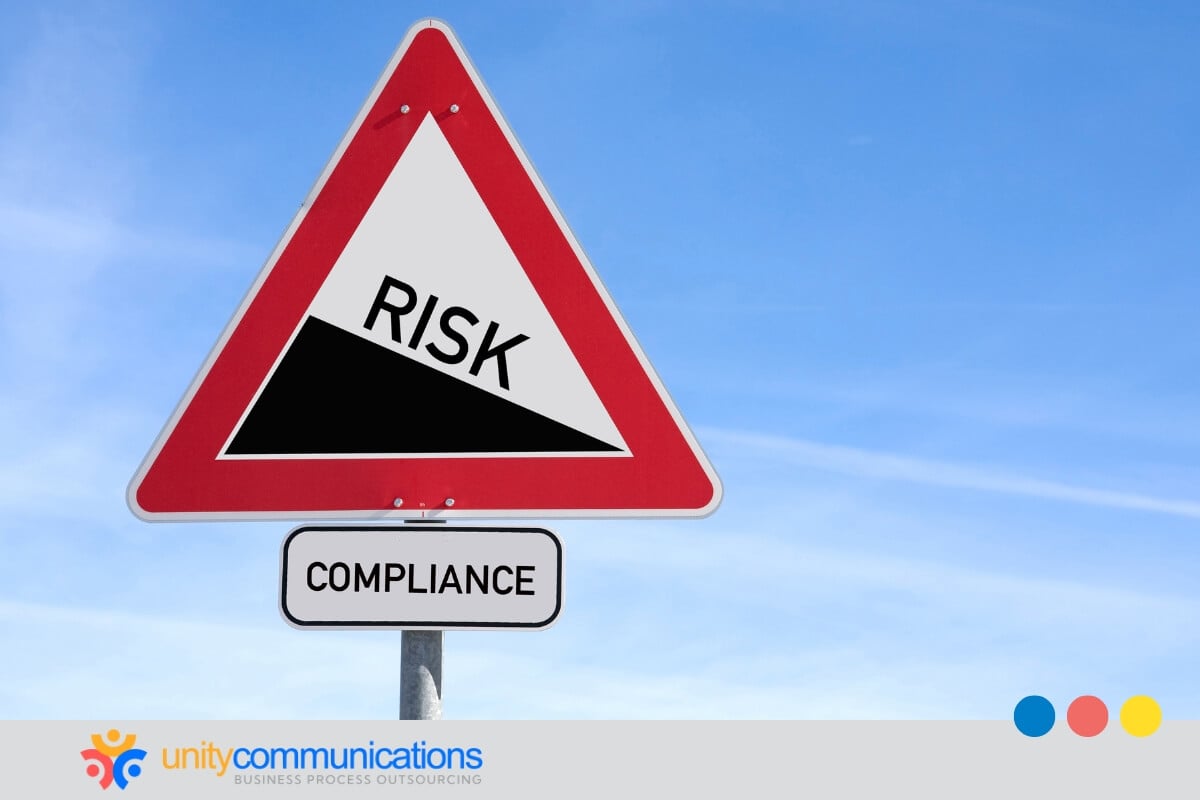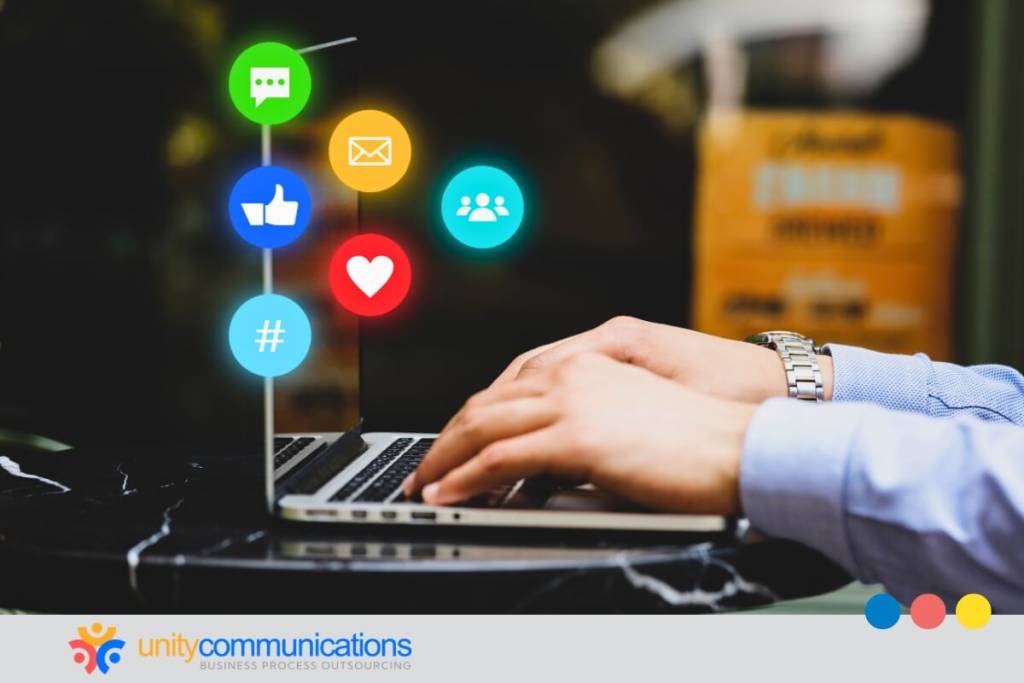Table of Contents
Today’s global businesses maximize an international workforce, making employer of record (EOR) services increasingly widespread. Integrating these services directly into existing human resource (HR) systems provides many benefits that help streamline employment management and diversify teams.
If you’re considering partnering with an EOR and want to learn more about incorporating its functionalities into your business, this article is for you.
It explores the EOR’s role in workforce management and the benefits of integrating EOR services into your existing HR systems. Keep reading to discover solutions to integration challenges and best practices to ensure a successful initiative.
What are EOR services?

EOR services are a type of business process outsourcing (BPO) that involves delegating specific tasks to an external company. Whereas information technology (IT) support outsourcing teams cover IT helpdesk, EOR providers handle HR processes.
An EOR acts as an extension of your HR department by being your foreign workers’ legal employer. It specializes in the administrative side of employment management, including:
- Payroll processing
- Benefits administration
- Tax filing and withholding
- Regulatory compliance
- Onboarding and offboarding
EOR providers also help with talent acquisition and contract negotiation. The nature of their role makes their services attractive to businesses of all sizes and industries. According to Valuates Reports, EOR’s global market value reached $4.29 billion in 2023 and can reach $6.6 billion by 2030.
Benefits of integrating EOR services into your existing HR systems
Partnering with an EOR offers advantages beyond simplifying talent acquisition, payroll, and compliance. Incorporating its processes into your HR information systems (HRIS) and other tools ultimately streamlines workforce management.
Let’s discuss the different advantages of working with an EOR.
1. Efficient HR processes and enhanced compliance confidence
Managing a geographically dispersed workforce is challenging. Data entry, document management, and regulatory compliance can be time-consuming and resource-intensive. An EOR alleviates this administrative burden using its expertise in payroll management, benefits administration, and employment laws.
Here are a few ways an EOR integration can enhance operational efficiency:
- Automated tasks. Employee data entered in one system (HRIS or EOR platform) automatically populates the other, reducing the risks of error caused by manual data entry. You can use this technology for data exchange, onboarding workflows, and compliance management.
- Simplified compliance management. EOR can integrate labor laws into your HRIS, simplifying compliance. It also provides real-time adherence monitoring so the HR staff can quickly and effectively address potential problems.
- Streamlined onboarding workflows. Integrating EOR services into your existing HRIS helps create seamless onboarding workflows for each location. These workflows automate tasks such as sending welcome emails, triggering background checks, and assigning new company equipment.
Overall, streamlined HR processes contribute to smoother global workforce management operations and a more productive and successful business.
2. Effortless data consolidation
Having separate systems for payroll information, benefits enrollment, and basic employee details can create data silos. These issues could lead to redundancies, inconsistencies, difficulty accessing information, and limited reporting capabilities.
Integrating EOR services with your HRIS centralizes global workforce data. Developing an employment hub eliminates the risk of conflicting or outdated information.
Other benefits of consolidating data include:
- Effortless access. Regardless of location, your internal HR team and the EOR unit can manage staff profiles with a few clicks. They can quickly look into basic employee details, benefits enrollment status, and other relevant data points.
- Reduced errors. Integration automates data entry services between your existing HRIS and the EOR’s database. Additionally, centralized systems often have validation checks. These features minimize errors and inaccuracies caused by manual data exchange.
- Simplified data management. Updates to employee information only need to be made in one system, as it automatically syncs with the other. This feature saves HR teams from the time-consuming task of revising information across multiple platforms.
With all data consolidated, generating reports and conducting HR analytics becomes easier. You can smoothly extract the necessary information and gain valuable insights into your workforce.
3. Data-driven decision-making for improved quality of hire
Integrating EOR services into your existing HR systems lets you access actionable insights to help you with your global workforce. This strategy allows you to analyze trends and identify patterns across all your dispersed teams in real time.
A holistic view of your workforce without the lag of traditional reporting methods empowers you to do the following:
- Benchmark performance. You can move beyond annual reviews with real-time data to continuously compare performance against industry standards or internal goals.
- Analyze turnover trends. It identifies early warning signs of potential turnover, such as increased absenteeism, allowing organizations to address issues before employees leave.
- Identify skill gaps. Holistic data helps your HR and EOR team develop targeted training programs to bridge gaps before they affect productivity.
- Engage in proactive talent management. You can use data to identify high performers and develop personalized career paths, keeping employees engaged and motivated.
- Address employee concerns quickly. Real-time data can help you foster a culture of open communication and prevent minor issues from becoming major problems.
- Maximize resource allocation. A holistic view lets you move beyond guesswork, ensuring your resources can truly provide the best value.
With a data-driven approach to workforce management, you can optimize your talent strategies for:
- Targeted recruitment. Analyzing talent acquisition data from all locations identifies successful sourcing channels and tailors your recruitment strategies for each region.
- Attractive compensation and benefits. You can assess salary benchmarks and benefits preferences across different countries to ensure you offer competitive packages and attract top talent.
- Global training and development. Identify areas where specific skills or training are necessary. This feature allows you to develop targeted training programs that keep your global workforce highly skilled and adaptable.
Ultimately, integrating EOR functionalities with existing HR systems allows you to compare candidates objectively based on pre-defined criteria and performance data. This helps you survey a worldwide pool to find the best employee for each position.
4. Increased flexibility and scalability
A fluctuating workforce can strain your HR resources by creating a constant cycle of recruitment, onboarding, offboarding, and record-keeping. It consumes time, leads to employee burnout, and diverts resources, making administrative tasks more challenging to manage. An EOR can help you scale employees as needed.
Service providers offer contract options for temporary, project-based, or full-time staff and can expedite onboarding and offboarding.
Through simplified employee management and automated workflows, you can achieve the following benefits:
- Cost-effective scaling. You can store your global team’s employee data within your existing HRIS with the EOR’s payroll, tax, and benefits administration infrastructure.
- Reduced risk. Scaling during seasonal slowdowns or market changes is more manageable. Configuring termination workflows in your HRIS can trigger specific actions on the EOR’s side, ensuring compliant terminations and reducing legal or financial risks.
- Faster market entry. When integrating an employee from a new market, the EOR automatically receives relevant data from your existing HRIS. This feature eliminates manual data entry in both systems, expediting onboarding and allowing new hires to start sooner.
Best practices to mitigate potential challenges in HRIS-EOR integration

As with any business practice, incorporating EOR services into your HR systems has unique challenges. While integration offers many advantages, adequate preparation and effective risk mitigation are the secrets to maximizing its benefits.
Here are some hurdles to watch out for when linking EOR services into your HRIS and quick tips to avoid or overcome them:
1. Customization vs. standardization dilemma
Every business has its HR processes and workflows. Some might have complex bonus structures, unique benefits, or specialized employee classifications.
Deciding whether you want tailored or consistent EOR services for each procedure can be challenging. Choosing the wrong approach can lead to integration delays, costs, maintenance issues, workflow inefficiencies, and compliance risks.
Select the most suitable model when integrating EOR services by thoroughly identifying your existing HR systems, core processes, and needs. Consider the following steps to determine these requirements:
- Consult with HR leaders, payroll specialists, and IT professionals to understand their needs and priorities.
- Analyze your current HR processes to identify the functions you want to integrate with the EOR and HRIS.
- Focus on processes that have the most significant impact on your HR operations and employee experience.
- Identify legal or regulatory requirements that mandate specific data collection or processes within the integrated system.
2. System compatibility issues
HRIS and EOR platforms might use different data formats, such as date configurations and currency symbols, which can lead to data exchange errors. This issue could cause data synchronization problems, resulting in delays, duplicates, inconsistencies, and discrepancies that hinder decision-making.
Here are a few ways you can avoid them:
- Conducting thorough compatibility assessments is the first step to ensuring a smooth integration. This step can identify potential gaps, errors, limitations, and compatibility challenges.
- Leveraging the proper integration tools can help you mitigate these risks. Standard data synchronization tools include middleware, application programming interfaces (APIs), and data mapping.
- Regular updates and maintenance help guarantee the successful integration of EOR services with existing HR systems. These steps keep your system updated with the latest bug fixes, minimizing the risk of inconsistencies and disruptions in the data flow.
Prioritizing system compatibility and implementing these mitigation strategies empower you to overcome other hurdles.
3. Legal and regulatory compliance risks
Using EOR services promotes compliance with labor laws, but integrating them into your HRIS raises additional concerns. Regulations, such as the General Data Protection Regulation (GDPR), restrict how you can collect, store, and transfer employee data.
One of the best ways to mitigate these risks is to seek advice from experts in data privacy and international employment law. They can help identify the appropriate legal approaches for transferring employee data across borders.
Additionally, robust data security measures protect sensitive information throughout the integration process. Standard data privacy protocols include encryption, access controls, and regular security audits.
4. Change management concerns
Integrating EOR and HRIS introduces significant organizational changes. Employees familiar with existing HR processes might feel apprehensive about a new system. This resistance can lead to decreased productivity, minimized control, reduced morale and engagement, and ineffective communication.
Consider these strategies to improve change management:
- Develop clear communication plans. Transparency builds trust. Inform employees beforehand about the upcoming integration, outlining its objectives and anticipated benefits. Utilize various channels to address their concerns and keep them updated.
- Provide comprehensive training. Knowledge empowers individuals. If your employees understand the new system, they are less likely to be against it. Consider in-person workshops, online tutorials, and video demonstrations that cater to various learning styles and users.
- Engage in feedback loops. Whether through surveys or user forums, collecting employee insights can help make your workforce less anxious about organizational changes. These strategies make them feel valued and heard.
Implementing these change management strategies minimizes disruption, encourages user adoption, and ensures your HRIS-EOR integration is successful. Remember, change management is an ongoing process. Monitor user feedback and adjust your approach to meet your changing needs with the new system.
The bottom line

Integrating an EOR’s expertise with the efficiency of existing HR systems unlocks benefits that help simplify global remote workforce management. It streamlines processes, data consolidation, real-time data analysis, workforce scaling, and compliance.
Let’s connect if you want to learn more about integrating EOR services with existing HR systems!




